
Featured



Add another to qualify for free delivery.
You’ve qualified for FREE shipping on your order
Reads to make you smile! Discover even more pleasure inspiration and sex education to help you to look after your sexual wellbeing. From expert advice to community ideas, solo or partnered sex - we've got you.

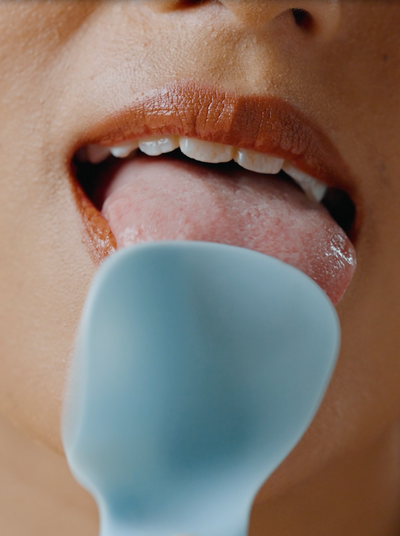
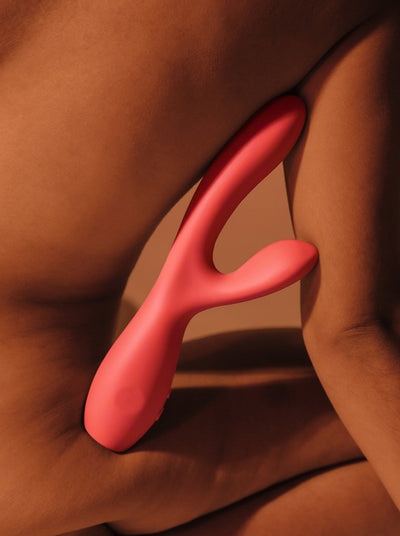
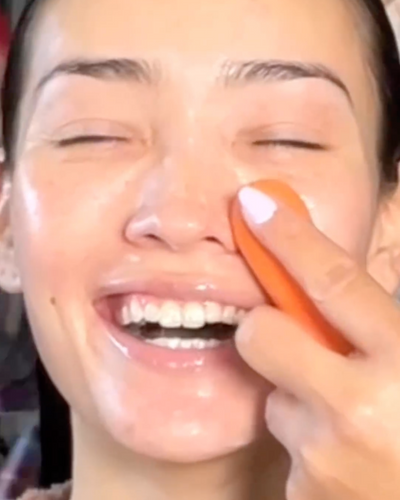
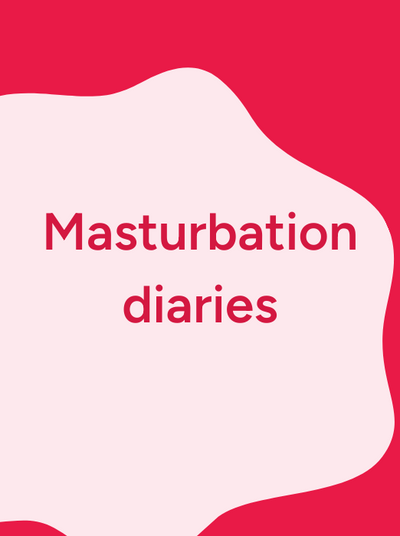
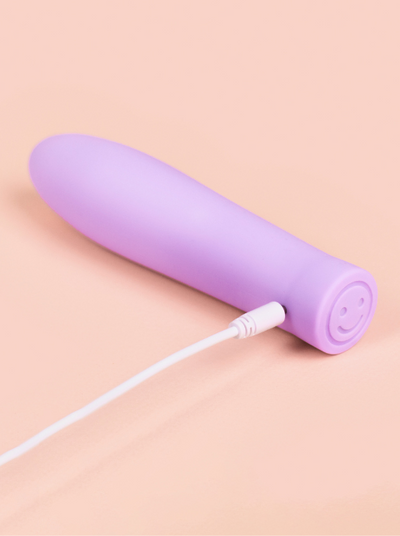

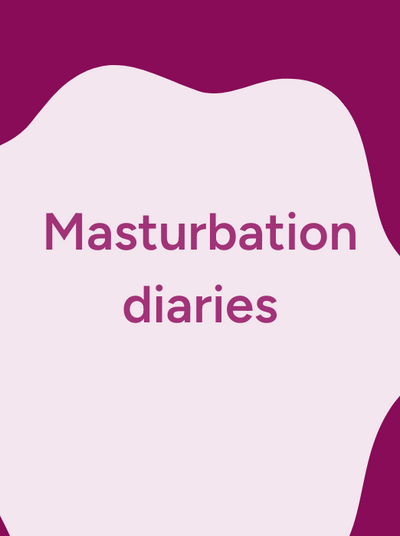
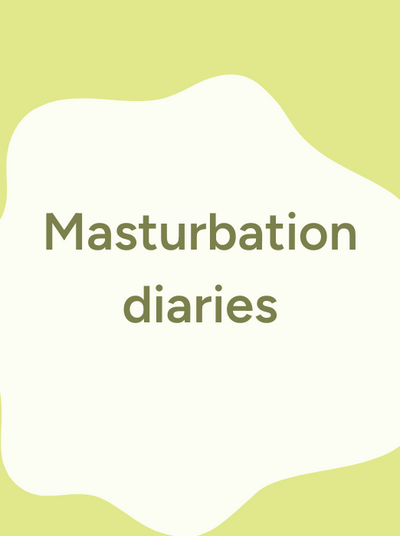
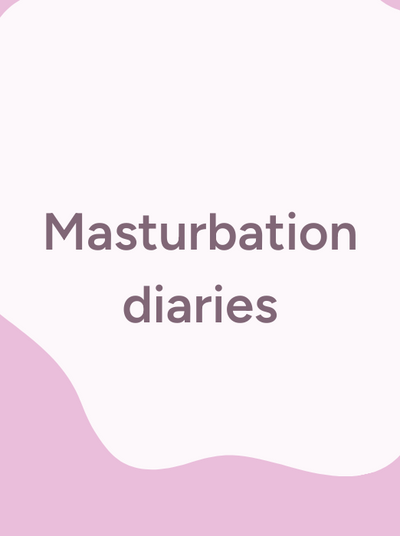
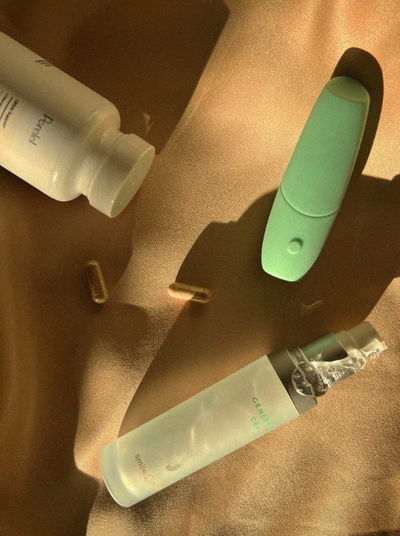


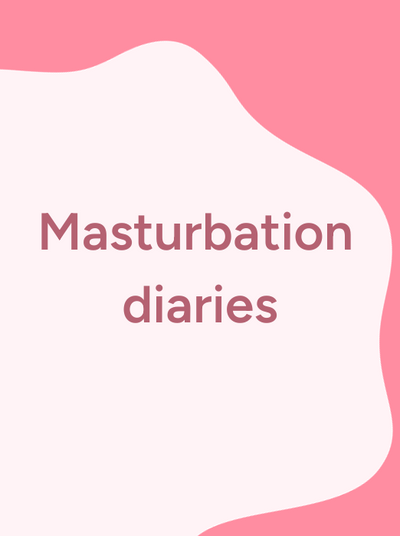

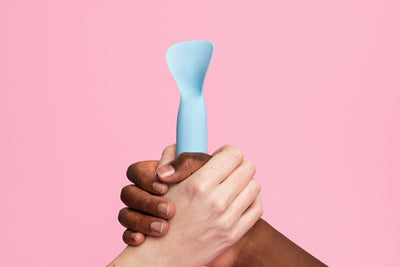
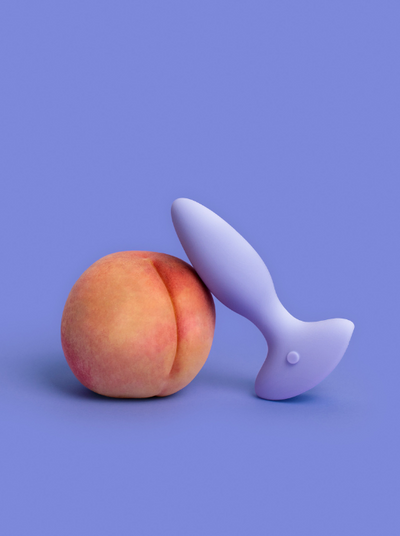
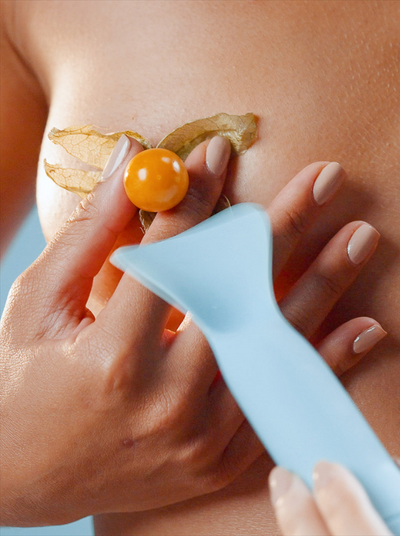

Not sure where to start? Still figuring out your vibe? Try taking our quiz and be paired with the perfect match to your needs.
We use cookies to give you the best online experience. Find out more on how we use cookies in our cookie policy.